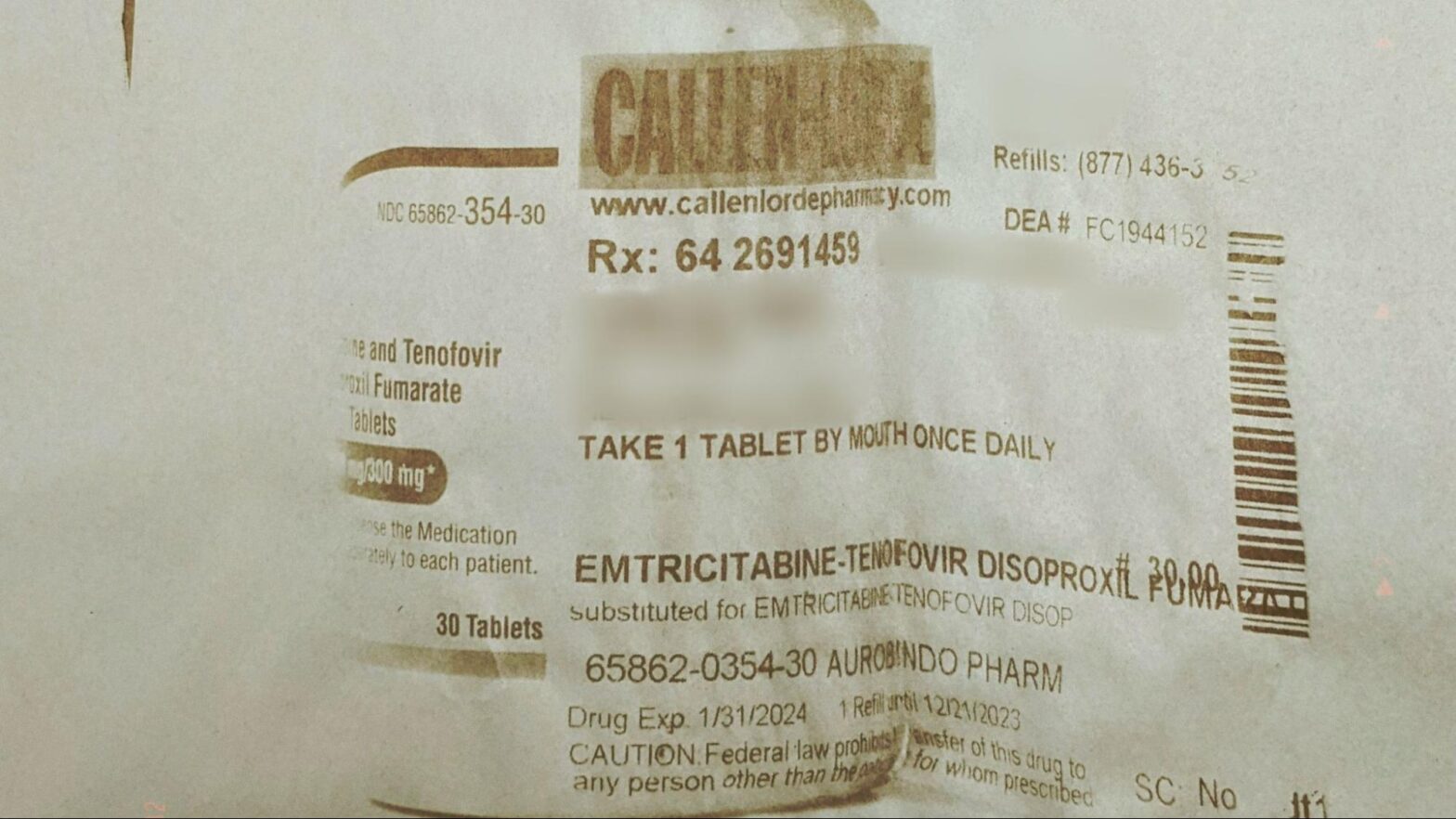The student who used blood to screen print in the Printshop said “I was testing the process with my own blood.” The blood was intended for a class project which was supposed to be “portraits of people who either lived through the AIDS epidemic or who have HIV…in the subject’s blood,” they said. The print made, being a test run, was only printed on watercolor paper as well as newsprint paper.
The Free Press granted this student anonymity in order to protect them for any future employment purposes.
Some printmaking students were sent into a frenzy after receiving an email on March 29 from Shana Agid, Dean of the School of Art, Media and Technology. The email described blood usage in the Printshop and addressed rumors of the blood being HIV positive.
Agid’s email states that “blood or any kind of bodily fluid is not permitted” in the Printshop and according to the Parsons Printshop + Book Arts Code of Conduct Agreement “all materials, chemicals and substances must be cleared with health and safety before use and storage within the Making Center.”
The student said their intention was to highlight “the ongoing stigma and fear around transmission and miseducation around [HIV and AIDS],” by eventually screen printing with HIV positive blood. The student never completed the full project.
According to the student, their own blood was not HIV positive. “My blood is tested regularly on PrEP, which is an HIV preventative medication.” PrEP can only be taken by people who are not currently living with HIV according to the New York State Government Department of Health. “I brought the blood in tubes, I drew my own blood, got the screen printing base, the ink and then mixed it off campus,” the student added.
“As a queer person of a more modern generation, I have been empowered by things like PrEP, post exposure treatment, and research into safe handling of blood.” The student said to The Free Press, “What I did, I should not have been doing. In terms of safety, I feel like I was very responsible. I had all that stuff covered. In terms of [the Printshop] being a shared space… I’m wrong there,” they said.
The student described the core themes of their art as “discomfort, disgust … it’s all very organic.” Their work is “all about engaging with discomfort and playing around with what makes us look away. What makes us kind of peek back? Where does discomfort come from?” It explains the student’s original interest in potentially creating a project addressing the stigma surrounding HIV and AIDS.
The student said their intention of using blood in the project was to help rewrite “the narrative where blood was once so closely associated with death and disease” whereas now it has become a part of “[the queer community’s] sexual liberation and empowerment…Bringing blood into the photographic practice transforms it into something that preserves the person and then becomes a medium to write into history, not erase it.”
However, some New School students were frustrated about the misuse of the printmaking studio and took their frustrations to social media. In an Instagram account titled “@tnsaffirmations”, a “meme” was posted regarding the blood screen printing incident.
“People just aren’t up to date on my handling practices… but also just about like HIV transmission in general,” the student said in response to a comment under the post by @designermoth questioning “did they say for sure if it wasn’t HIV+.”
According to the Centers for Disease Control and Prevention (CDC) “HIV does not survive long outside the human body (such as on surfaces), and it cannot reproduce outside a human host.”
In response to the critique on social media, the student questioned “What parts of the story are people paying attention to and what parts are people not?” The student’s initial goal of creating a discussion about the stigma surrounding HIV and AIDs, as well as the process of the print in general, had been lost in the misinformation spread by others.
Another student, Reece Brind’Amour, a Communications Design major and screen printing minor at Parsons School of Design, said “People didn’t really know when it happened for a while and such a small group of kids initially got the email.” The details of Agid’s email only confirmed the usage of blood, with no knowledge of whether it was actually HIV positive or any confirmation of the source of the blood. The email also did not include any details about whether or not the student is still allowed to use the Printshop despite the violation.
On March 20, 9 days before printmaking students were notified of the violation through Agid’s email, the student who created the prints had been reported to the director of the Making Center. “I was told to withdraw from the class and I’m completing the credit as an independent study, with very limited access to screenprint,” the student said as they had violated the Parsons Printshop + Book Arts Code of Conduct Agreement.
Peyton Wallace, a Strategic Design and Management major at Parsons said “[My] main concern was that the student was not truthful with the techs who are there to make sure everybody’s safe.” The student said that they did all their own cleaning and handling of supplies, and no technicians were involved.
Printmaking students have yet to hear about new protocols or updates to the Code of Conduct being implemented.
“My screen print class, I think, feels pretty comfortable. We’re all back in there. But the class that happened at the same time, when it was first coming out, there were only three kids in there and only one was printing,” Brind’Amour said. “It definitely has affected the way that some people are coming in and out of the classroom.”








Leave a Reply